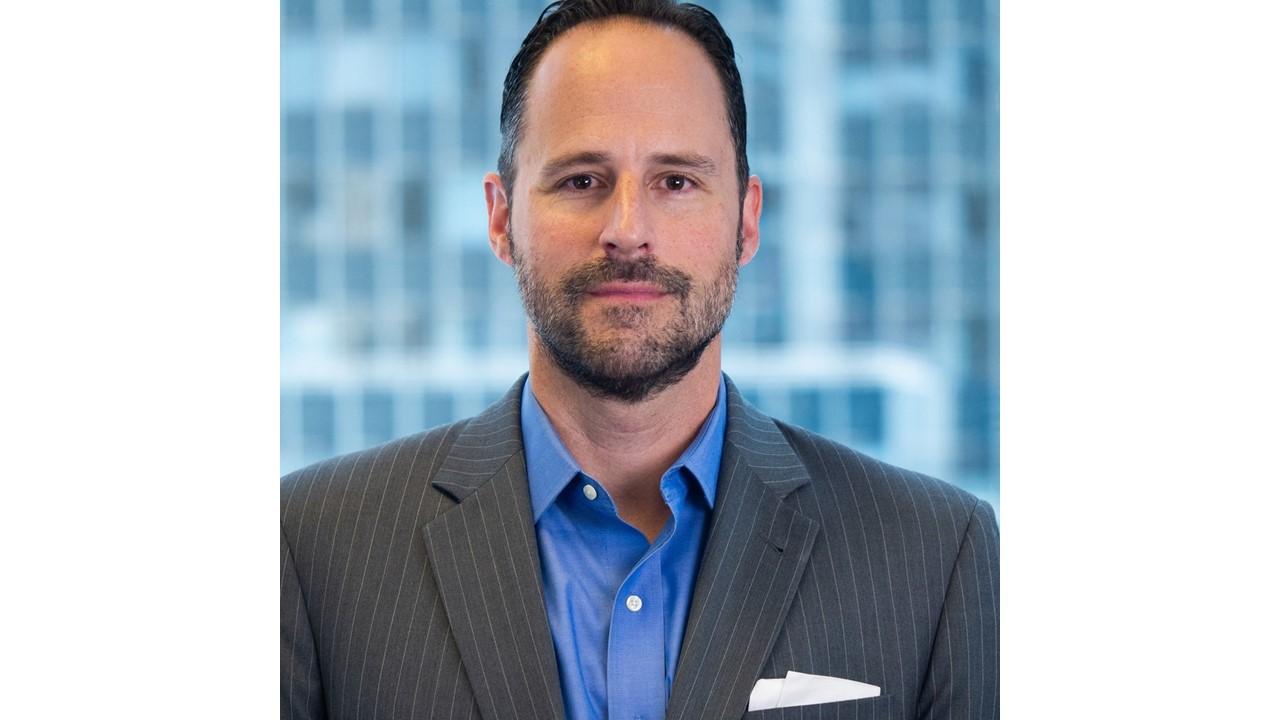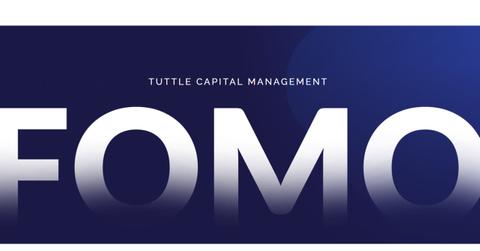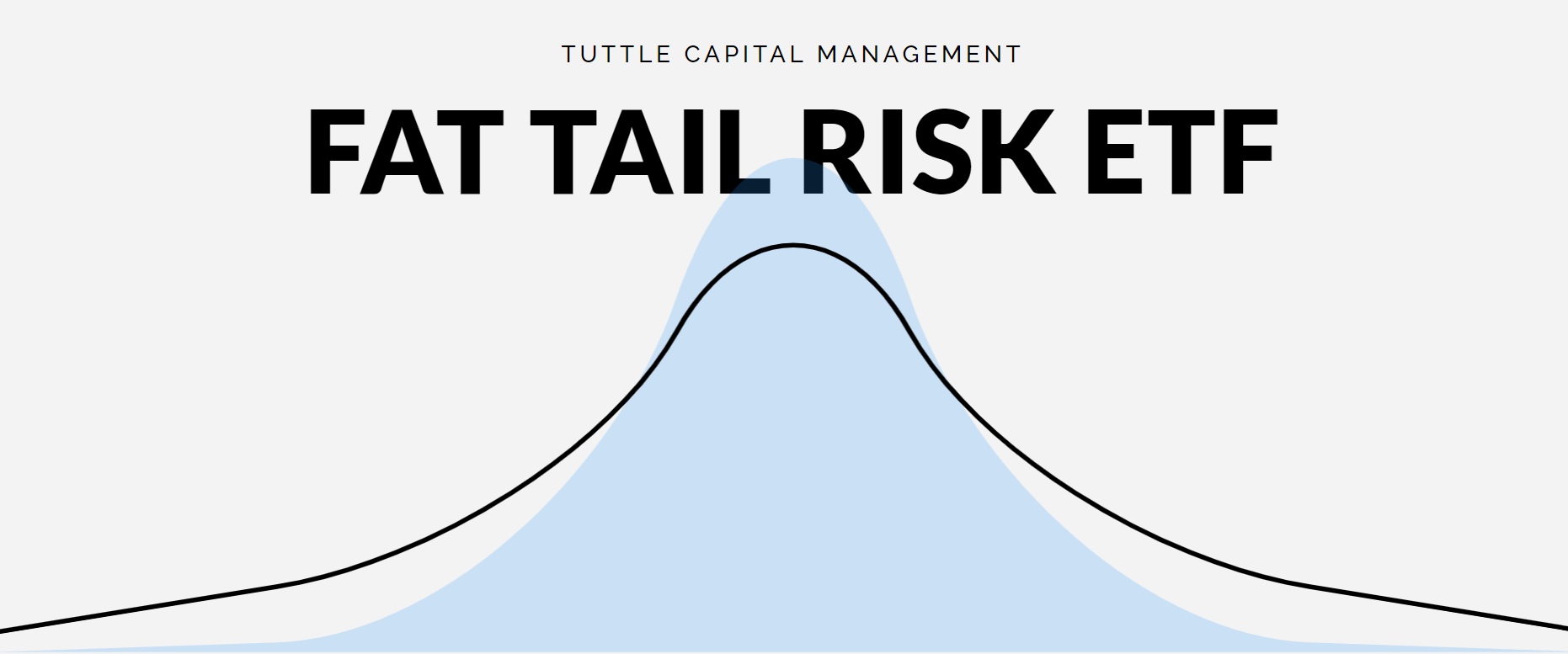Tuttle Capital's New FOMO ETF Highlights a Growing Trend
Do you have a fear of missing out on snappy market moves? The FOMO ETF from Tuttle Capital might be a solution.
May 26 2021, Published 2:33 p.m. ET
Tuttle Capital, an ETF management firm, released a new fund with an on-trend name—FOMO. What is FOMO all about? How can it help investors with a "fear of missing out?"
Released in tandem with the FATT ETF, Tuttle Capital is making a serious statement about the current markets with these yin-yang funds.
What is FOMO? The lowdown on this new ETF

Tuttle Capital CEO and CIO Matthew Tuttle
The markets move quickly, and investors are often left lagging after swift swings in either direction. This leads to losing money or leaving it on the table. Through its active strategy, FOMO aims to combat this issue by providing a curated basket of popular securities.
The fund favors individual stocks but can diversify with other ETF or ETN funds, short sales, SPACs, and cryptocurrency. Unlike other funds, CEO and chief investment officer Matthew Tuttle says, "We wanted something that could adjust really quickly to whatever happens to be the hotter or trending areas of the market." He achieves this through frequent rebalancing and managed concentration.
Innovative technology also has some space in the FOMO ETF.
How the FATT ETF complements FOMO
The Fat-Tail Risk ETF (FATT) focuses on a particular chart trend. A "tail risk" is a less likely, more extreme return at least three standard deviations from the distribution curve's bulge. More market disruptions lead to fatter tails.
FATT seeks to capitalize on a time of heightened volatility. "Traditional investments can’t be relied upon to protect from the next market decline, and traditional tail risk strategies cost too much during bull markets," says Tuttle.
Together, FATT looks to hedge in downturns, while FOMO seeks to grab thematic opportunities. The two serve a complementary function, which is a good sign for Tuttle Capital.
FOMO and FATT come after another dual ETF release
On May 19, Tuttle announced the release of two new ETFs—the De-SPAC ETF (DSPC) and the Short De-SPAC ETF (SOGU), which bet on and short popular SPACs, respectively.
Tuttle doesn't seem to be leaving any stone unturned.
Tuttle Capital might not be be a low-key operation in the active ETF heyday
A small LLC without a well-known headquarters, Tuttle Capital has hit a soft spot in the market with its latest ETF releases. The company's CEO and CIO lives in Riverside, Conn.
Actively managed ETFs are becoming increasingly popular—see the VanEck Vectors Social Sentiment ETF (BUZZ) and the ARKK Innovation ETF (ARKK), for example. This could be a good opportunity for Tuttle, but some investors might be wary of the high expense ratios. FOMO has a 0.9 percent fee, while FATT has a 1.15 percent fee—much higher than the average active expense ratio of about 0.6 percent.
Investors will be able to see how FOMO and its counterpart trend over the next few months and years. With volatility expected to continue as the global market economies recover, now might be a good time to test the waters.


